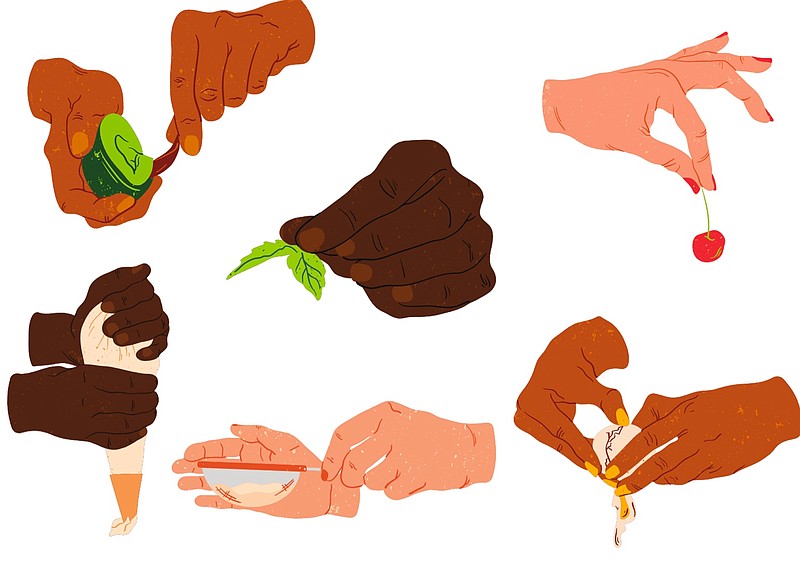I recently received the following email from Susan Jackson:
I have a recipe for Coconut Sour Cream Cake I got from Southern Living in 1980. I usually make it for Christmas. I skipped '20 & '21 but I did make one this past Christmas. It wasn't the same cake. It only rose about 2 inches and was very dense. (Actually it may not have risen at all.) I bought a new cake mix (Duncan Hines white) so that shouldn't have been the problem. I do remember thinking there seemed to be less mix than I remembered from the past. Do you know if they're putting less mix in the box? Would that cause my cake to be so heavy & dense? If that's the case, how would you adjust the recipe? This could be a problem with a lot of the older recipes where it calls for a box or can of something.
Here's the recipe:
- 1 box white cake mix
- 1/4 cup oil
- 3 eggs
- 8 oz sour cream
- 9 oz cream of coconut
Bake in a greased 9x13 cake pan at 350 degrees for 35 minutes.
- Icing: 1 box (1 pound) powdered sugar
- 8 oz cream cheese, softened
- 2 tablespoons milk
- 1 teaspoon vanilla
- 1 can Angel Flake coconut
Blend sugar into cream cheese, add milk & vanilla. Spread over cooled cake. Sprinkle with coconut.
It's impossible to say exactly what caused Jackson's cake to turn out differently from the past — there are simply too many variables — but I can offer some suggestions and possible solutions to prevent it from happening again.
First, Jackson isn't imagining that there's less cake mix in boxed mixes these days. A decade or so ago, cake mix came in 18.25-ounce boxes. Today boxed mixes are 15.25 ounces — that's about 16% less if my math is correct (which it probably isn't). In some recipes, the missing three ounces of mix is unlikely to make a noticeable difference. But in others it might. The missing 3 ounces of mix means there will be more liquid in the batter than there should be and it means your pan won't be as full. In the case of fullness, you may be able to get by with simply using a slightly smaller pan. For example, if the recipe calls for two 9-inch round pans, use two 8-inch round pans.
The easiest work around is to buy two boxes of the necessary mix and measure out 3 ounces from the extra box to make up the difference. Store the remaining mix from the opened box in an airtight container, preferably in the freezer, for future use.
Three ounces of cake mix is between 6 and 9 level tablespoons depending on the mix and how you measure.
If you don't want to spend the money on an extra box of cake mix or you don't want to make a second trip to the store, you can make a cake mix extender (recipe follows). An extender cannot be used in place of all the cake mix called for in a recipe as it does not contain all of the same ingredients, but it will make up the missing volume.
While it is possible the missing mix is the cause of Jackson's cake's problem, other factors could result in dense cake too. If you accidentally over mixed the batter or if your ingredients were too cold, that could affect the texture of the baked cake as well.
Having all ingredients, but especially the butter, eggs and dairy, like milk or sour cream, at room temperature is always a good idea, unless the recipe explicitly says they should be cold.
An issue I've had recently is greasy cake. It turns out that while the technique of greasing the pan, lining it with parchment paper and then greasing the parchment is an excellent way to ensure a cake won't stick to the pan, it can leave a greasy/oily residue on the cake. There's no need to grease the parchment paper, but greasing the pan lightly before adding the parchment will help hold it in place.
Another issue I have from time to time is curdled batter. This happens when adding the eggs. Although it doesn't affect the flavor of the finished cake, it does alter the texture. According to King Arthur Baking Co., cake batter is essentially an emulsion — water suspended in fat. A batter breaks or curdles when that emulsion is disrupted from the addition of too much water too quickly, in the form of eggs. The first egg is never a problem and the second egg usually goes smoothly, but that third egg really pushes the limits of the emulsion and recipes that call for four eggs are almost guaranteed to curdle in my mixer unless I use King Arthur's tip: Add a couple of tablespoons of the recipe's flour right when the batter starts to look iffy when adding that third egg.
Cake Mix Upsizer
- 1 ½ cups all-purpose flour (see note)
- 1 cup granulated sugar
- 2 teaspoons baking powder
- ¼ teaspoon baking soda
Whisk all dry ingredients together and store in a glass jar or other airtight container. To use, measure 3 ounces (6 to 9 tablespoons) and add to the boxed mix.
Makes enough to extend 6 (15.25-ounce) boxes.
Note: For a chocolate cake, replace 5 tablespoons of the flour with 5 tablespoons unsweetened cocoa powder.
Recipe from Better Homes & Gardens
Email recipe contributions, requests and culinary questions to: [email protected]

